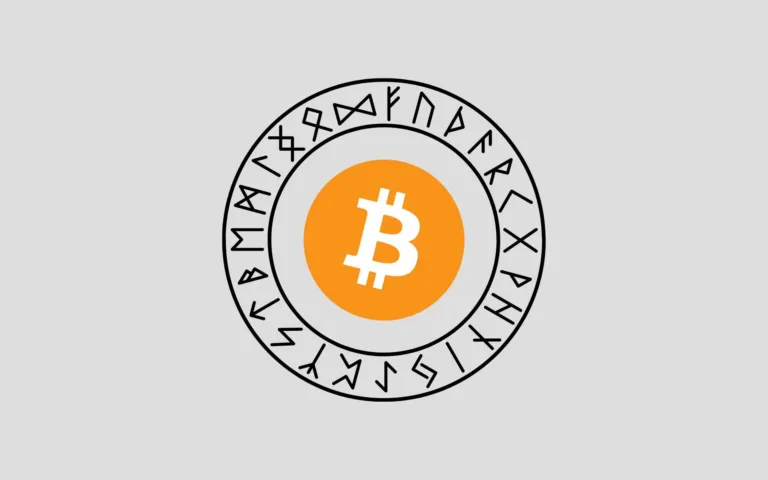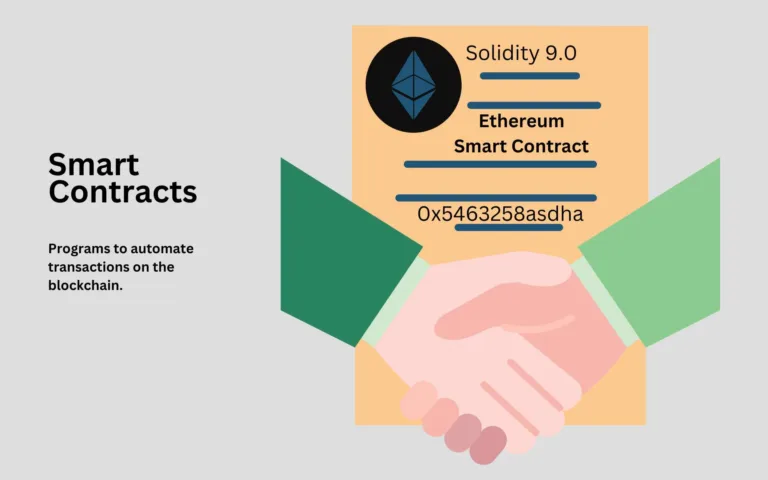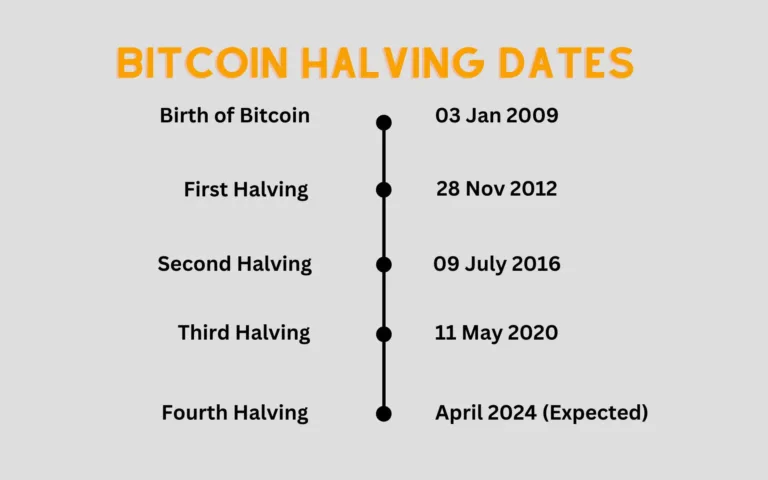The relation between cryptocurrencies and a blockchain is that cryptocurrencies exist on a blockchain. Users can log-in to their blockchain addresses (via private keys) to send and receive crypto.
Any blockchain has two kinds of cryptocurrencies, native (issued on the same blockchain) and non-native (transferred from other blockchains). Native cryptocurrencies can be used as transaction fees to send and receive any crypto that is present on the blockchain.
The best equivalent is a truck and diesel. Just like the diesel helps the truck move (i.e., change location), similarly to add any data on the blockchain, you need to spend its native crypto. If you are moving diesel (native crypto), you also need to spend some diesel to move the truck. Whereas, if you are moving gasoline/petrol, you need some diesel anyways to run the truck.
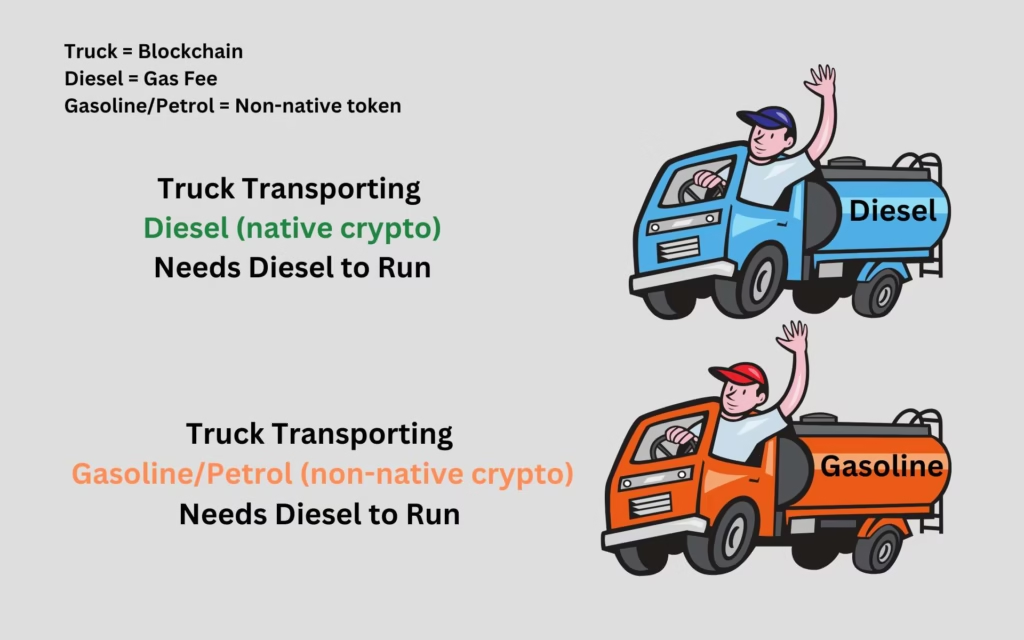
How Is The Native Crypto Spent in a Blockchain? Transaction Fees
The fuel required to run a blockchain is called “gas” in many blockchains like Ethereum, Base, BNB, Optimism, Arbitrum and others. There are 6 broad stages by which a blockchain works and all of them are depicted in the infographic below.
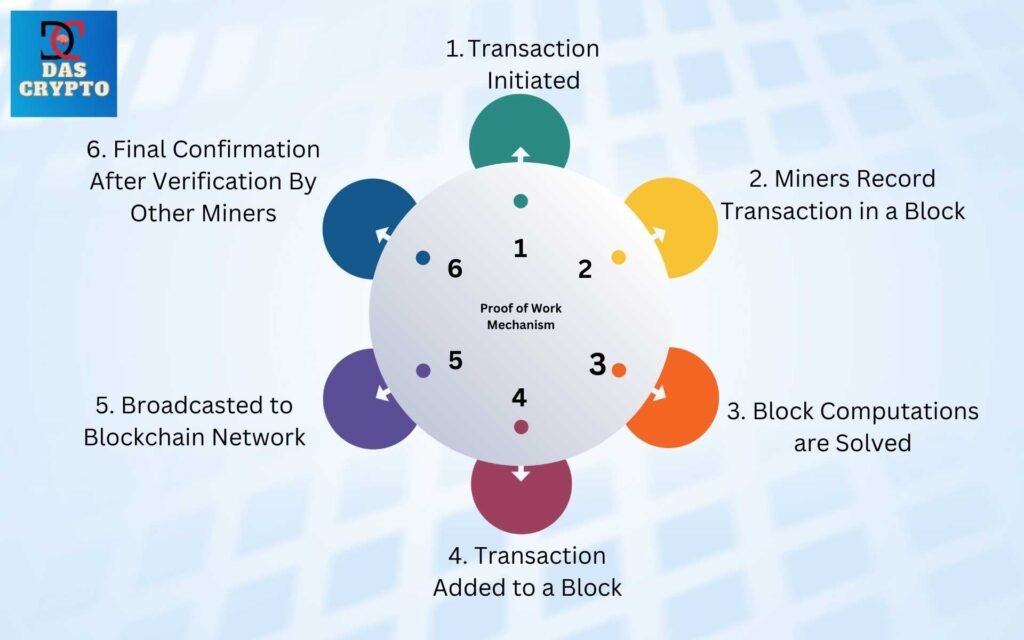
Every base layer (layer-1) blockchain has its native crypto like Ethereum has ETH, Bitcoin has BTC, Cardano has ADA, Solana has SOL and many others. This native token is used to pay the transaction validators whose job is to make sure that no false transaction is added on the blockchain.
The process takes place in 7 steps:
- User initiates a transaction.
- Transaction gets deposited into a memory pool (mempool) and validators pick transactions from this pool In some cases, the blockchain client (software) assigns it to them.
- They run computations to make sure that the transaction is valid.
- Transaction is then added to a block.
- Once found valid, this is broadcasted to a large number of validators who take note of the transaction.
- It is then finalized when at least a few number of blocks are added to the blockchain.


